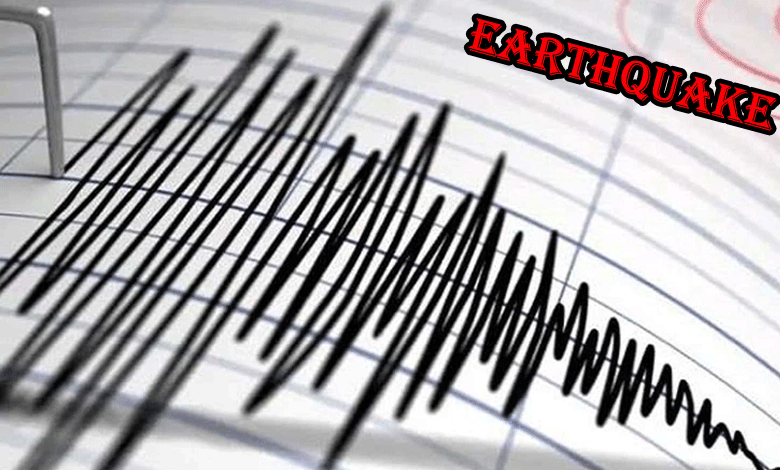3.3-Magnitude Earthquake Strikes Rohtak, Haryana
A mild earthquake measuring 3.3 on the Richter scale struck Rohtak, Haryana, in the early hours of Thursday, according to the National Centre for Seismology (NCS).

Rohtak: A mild earthquake measuring 3.3 on the Richter scale struck Rohtak, Haryana, in the early hours of Thursday, according to the National Centre for Seismology (NCS).
Tremor Recorded at Midnight with 10 km Depth
The tremor was recorded at 12:46 a.m. IST, at a depth of 10 kilometers. The NCS shared the details on social media platform X, stating:
“EQ of M: 3.3, On: 17/07/2025 00:46:20 IST, Lat: 28.88 N, Long: 76.76 E, Depth: 10 Km, Location: Rohtak, Haryana.”
No Casualties or Damage Reported
There have been no reports of casualties or property damage so far. However, officials are closely monitoring the situation as seismic activity in the area remains heightened.
Follow for more details: munsifdaily.com
Fourth Earthquake in the Region Since July 10
This is the fourth significant earthquake in Haryana in just eight days. On July 11, the Jhajjar district experienced a 3.7 magnitude quake, followed just hours later by a stronger 4.4 magnitude tremor in the same region.
Both quakes were widely felt across Delhi-NCR, triggering alerts, panic, and widespread social media chatter.
Earthquakes Felt Widely in Delhi-NCR
Many residents across Delhi-NCR described the July 11 tremor as the “longest earthquake” they had experienced in recent memory. The seismic activity has caused concern due to its frequency and impact zone.
Also Read: Hyderabad Massive Fire Breaks Out at Dyverdine Industries in Sanathnagar
Seismological Patterns Indicate Active Fault Lines
According to official data, since July 10, at least four earthquakes measuring above 2.5 magnitude have occurred within a 40-kilometre radius of Rohtak.
Experts attribute this cluster of earthquakes to active fault lines in the region, including:
- Mahendragarh-Dehradun Fault (MDF)
- Delhi-Sargodha Ridge
- Delhi-Haridwar Ridge
- Sohna and Mathura Faults
Tectonic Stress and Himalayan Influence
Seismologists explain that this region is impacted by both local fault dynamics and the tectonic movement of the Himalayan plates. While most tremors range between 2.0 and 4.5 magnitude, they may signal accumulating tectonic stress.
The July 11 earthquake, in particular, is suspected to have originated along the Mahendragarh-Dehradun Fault, pointing to active fault movement beneath the surface.
Authorities Urge Caution and Preparedness
In light of the recent activity, authorities have urged residents to remain vigilant and prepared. Safety guidelines and earthquake readiness measures are being shared across platforms to ensure public awareness.
